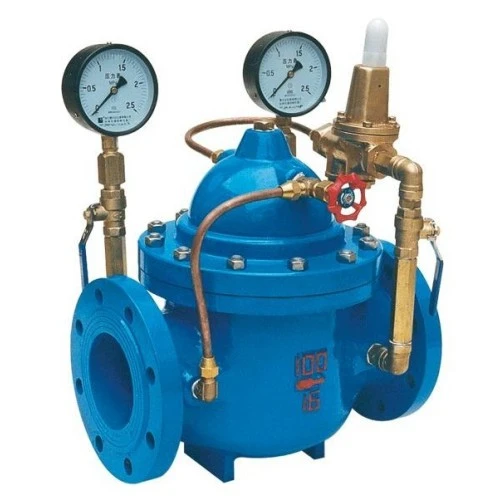butterfly valve electric
Electric Butterfly Valves A Comprehensive Overview
In modern industries, control of fluid flow is crucial for maintaining operational efficiency and safety. Among various valve mechanisms, the electric butterfly valve has emerged as a popular choice due to its reliability, compact design, and ease of automation. This article delves into the fundamentals of electric butterfly valves, their advantages, applications, and considerations for selection.
What is an Electric Butterfly Valve?
An electric butterfly valve is a quarter-turn valve that uses a rotating disc to control the flow of fluids. The valve disc is mounted on a shaft, and when the actuator (usually electric) turns the shaft, the disc opens or closes, allowing or restricting fluid flow. The electric component allows for automated operation, making these valves ideal for applications requiring precise control and integration into modern control systems.
Advantages of Electric Butterfly Valves
1. Space Efficiency Electric butterfly valves have a compact design compared to other valve types. This space-saving feature makes them ideal for installations where space is limited, such as in piping systems within plants and factories.
2. Quick Operation The quarter-turn operation mechanism provides rapid opening and closing times. This responsiveness is essential in applications that require swift flow regulation to prevent system overloads or to start and stop processes efficiently.
3. Automation Ready The integration of electric actuators allows these valves to be easily controlled through automation systems. This capability enables remote monitoring and operation, reducing the need for manual intervention and enhancing safety and efficiency.
4. Durability and Maintenance Electric butterfly valves are designed to withstand harsh conditions, including high pressures and temperatures. They require less maintenance than manual valves since there is no need for regular manual adjustments. Additionally, the absence of packing reduces the risk of leaks and maintenance, making them more reliable over time.
5. Cost-Effectiveness Although the initial investment might be higher than manual valves, the operational savings through reduced labor, maintenance, and increased efficiency often justify the expense. Moreover, their long operational life contributes to lower overall lifecycle costs.
butterfly valve electric

Applications of Electric Butterfly Valves
Electric butterfly valves find extensive use across various industries, including
- Water Treatment These valves regulate water flow in treatment plants, ensuring optimal operation of filtration and chemical dosing systems. - Oil and Gas In refineries and pipeline operations, electric butterfly valves control the flow of petroleum products, providing both safety and efficiency. - Food and Beverage These valves are crucial in maintaining the sanitation and quality of liquids in food processing, where clean operations are paramount. - HVAC Systems In heating, ventilation, and air conditioning systems, electric butterfly valves help control air flow and pressure, enhancing energy efficiency while maintaining indoor air quality.
Considerations for Selection
When choosing an electric butterfly valve, several factors need to be considered
1. Size and Flow Capacity Selecting the correct size for the application is critical. A valve that is too small may restrict flow, while one that is too large may lead to inefficiencies. 2. Material Compatibility The valve’s material must be compatible with the fluid being handled. Common materials include stainless steel, PVC, and CPVC, each suited for different chemical properties.
3. Actuator Specifications The choice of electric actuator is vital. Consider factors such as torque requirements, voltage ratings, and control options (e.g., analog, digital).
4. Environmental Considerations Assess the operating environment, including temperature, pressure, and potential exposure to corrosive substances, to ensure the selected valve will perform reliably.
Conclusion
Electric butterfly valves are an essential component in many modern fluid control systems. Their combination of efficiency, reliability, and versatility makes them suitable for a wide array of applications. As industries continue to evolve towards automation and greater control, the role of electric butterfly valves is likely to expand, making them a key consideration for engineers and decision-makers alike. By understanding their features and applications, stakeholders can better leverage this technology to enhance operational effectiveness.
-
3-types-of-check-valves-maintenance-tipsNewsAug.23,2025
-
ball-valves-types-with-trunnion-mounted-designNewsAug.23,2025
-
butterfly-valve-company-production-capabilitiesNewsAug.23,2025
-
fisher-globe-valve-technical-specificationsNewsAug.23,2025
-
types-of-gaskets-for-flanges-selection-guideNewsAug.23,2025
-
wedge-gate-valve-suppliers-quality-standardsNewsAug.23,2025
-
Breakthrough in Domestic Low Temperature Valve Technology in ChinaNewsAug.18,2025




